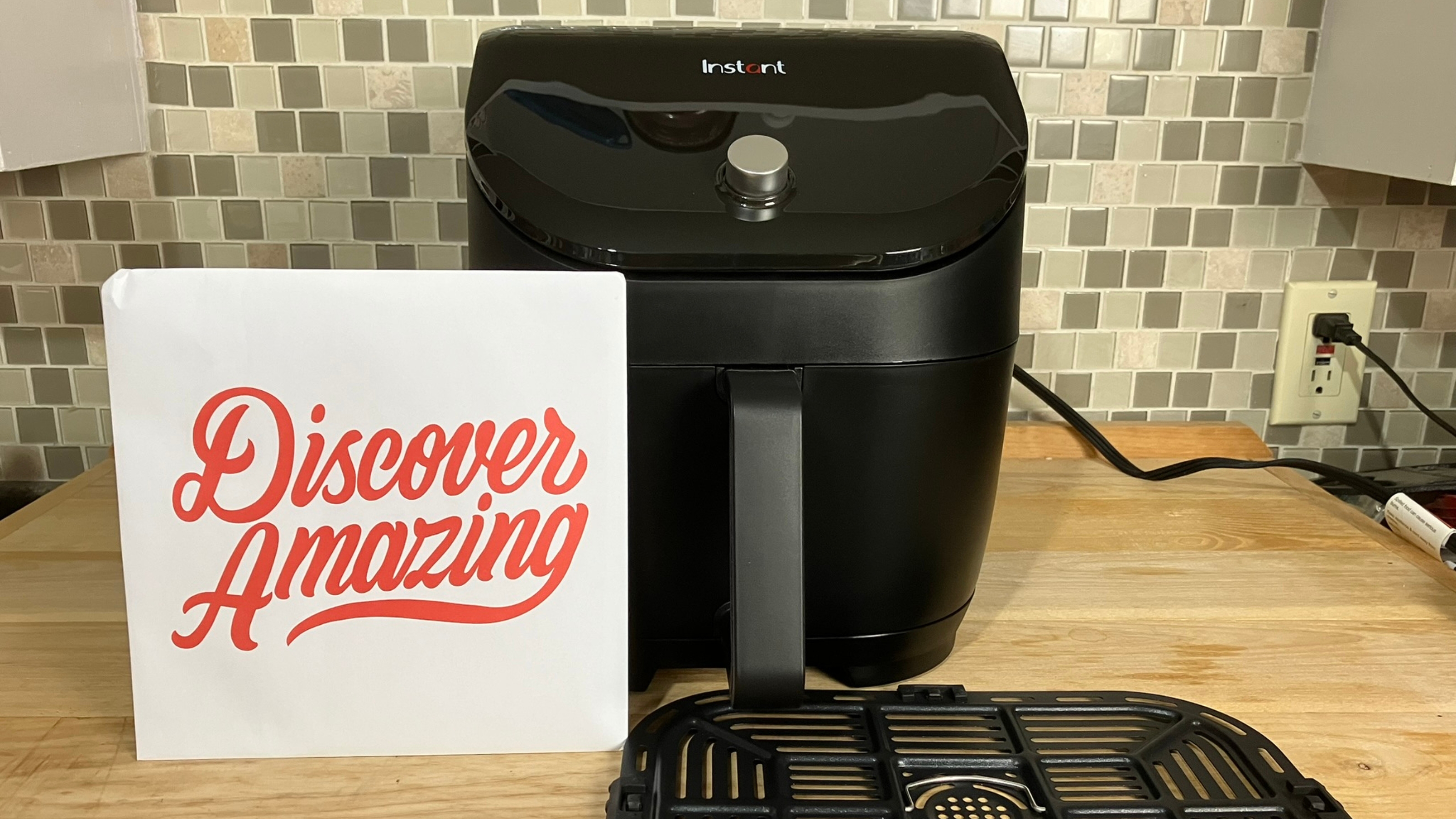4 things to consider when choosing glazing for your kitchen extension
A kitchen extension will add space and value to your home, but carefully chosen glazing will make all the difference. Read this advice from glazing experts IDSystems, as you plan your project

One of the biggest home improvement trends of the last decade, has to be the desire to create larger, open-plan living spaces that are filled with natural light. It is not hard to see why – we spend so much time in these hybrid living spaces, not only for cooking and hosting, but for relaxing with family, too.
A great kitchen extension can really make a home, whether it be a modest urban addition or a more spacious extension in a rural setting that massively increases the footprint of the property. The best kitchen extensions need the best glazing solutions though to make the most of the space. So IDSystems – who have fitted doors and windows to more than 30,000 projects in the last 20 years – share their top considerations for anyone taking on a project of this nature.
1. Know your bi-fold doors from your sliding
Choosing between bi-fold and sliding doors can be a challenge. Whilst bi-fold doors offer the ability to stack to one end to create a complete opening, they often come with slightly chunkier frames.
With sliding doors you can achieve much narrower frames, and the ability to have much larger glass panels of up to three metres wide. However you are almost always going to end up giving up a third of the opening to a fixed panel.
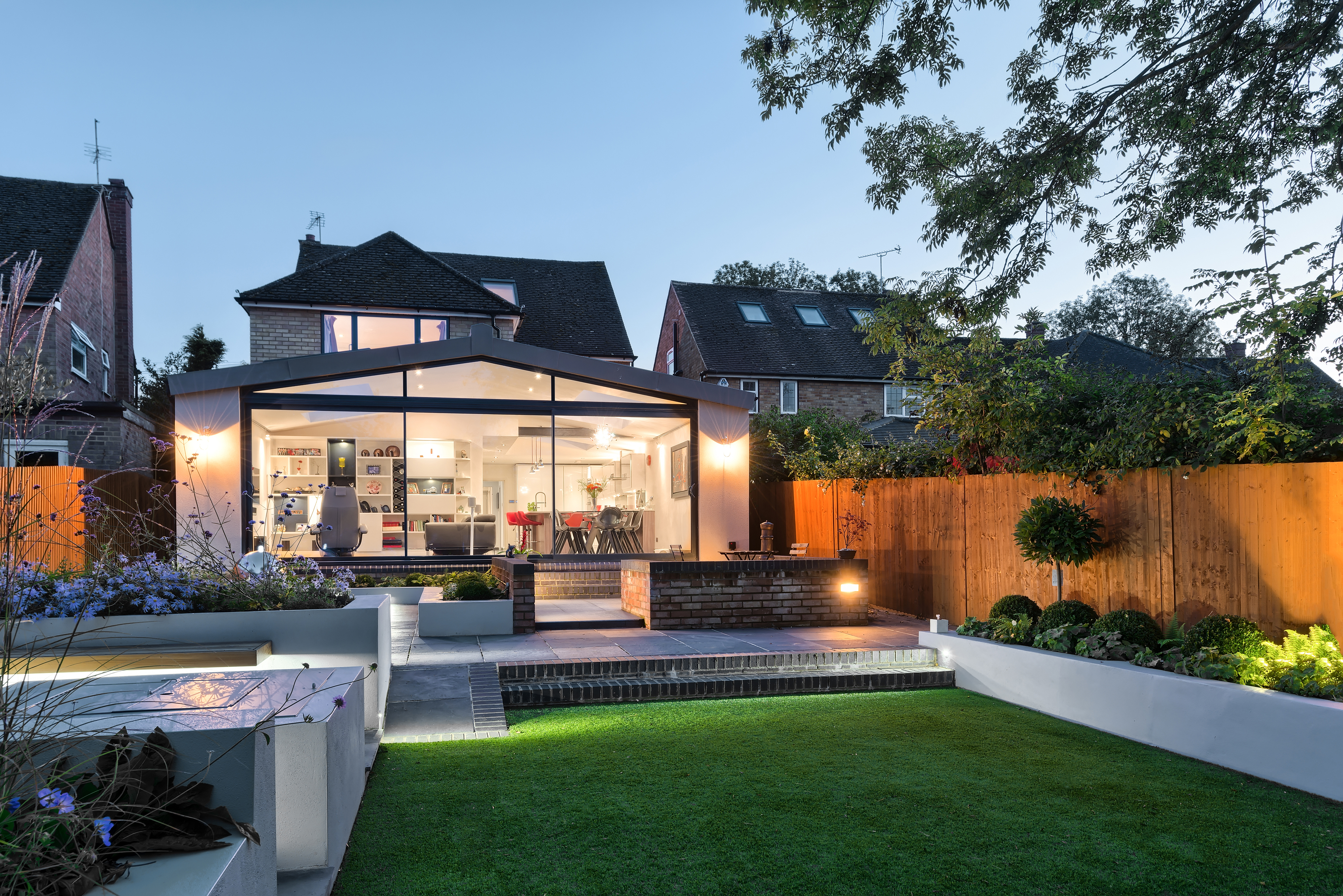
theEDGE2.0, IDSystems’ award-winning, exclusive slim sliding door has incredibly slim sightlines of just 20mm
In terms of which is the most suitable for each individual project, the answer is very much dependent on how the doors are going to be used. If they are likely to be closed more often than open, then sliding doors with their higher proportion of glass are probably going to be the best choice. if you plan to open them up every time the sun shines then bi-folds are better suited to your home.
For those customers who still can’t decide between door systems look for a slide and turn option that gives the best of both worlds, such as IDSystems' vistaline slide & turn. They have narrow 45mm sightlines and yet because the doors are non-connected they can slide to one end then stack to create an unobstructed opening.
2. Remember to include light from above
One of the key aspects of any extension – kitchen or otherwise – is not forgetting about the rooms in the existing structure of your home. You don’t want to create a larger open-plan space in your extension but leave the smaller rooms on the rear of the existing house without light.
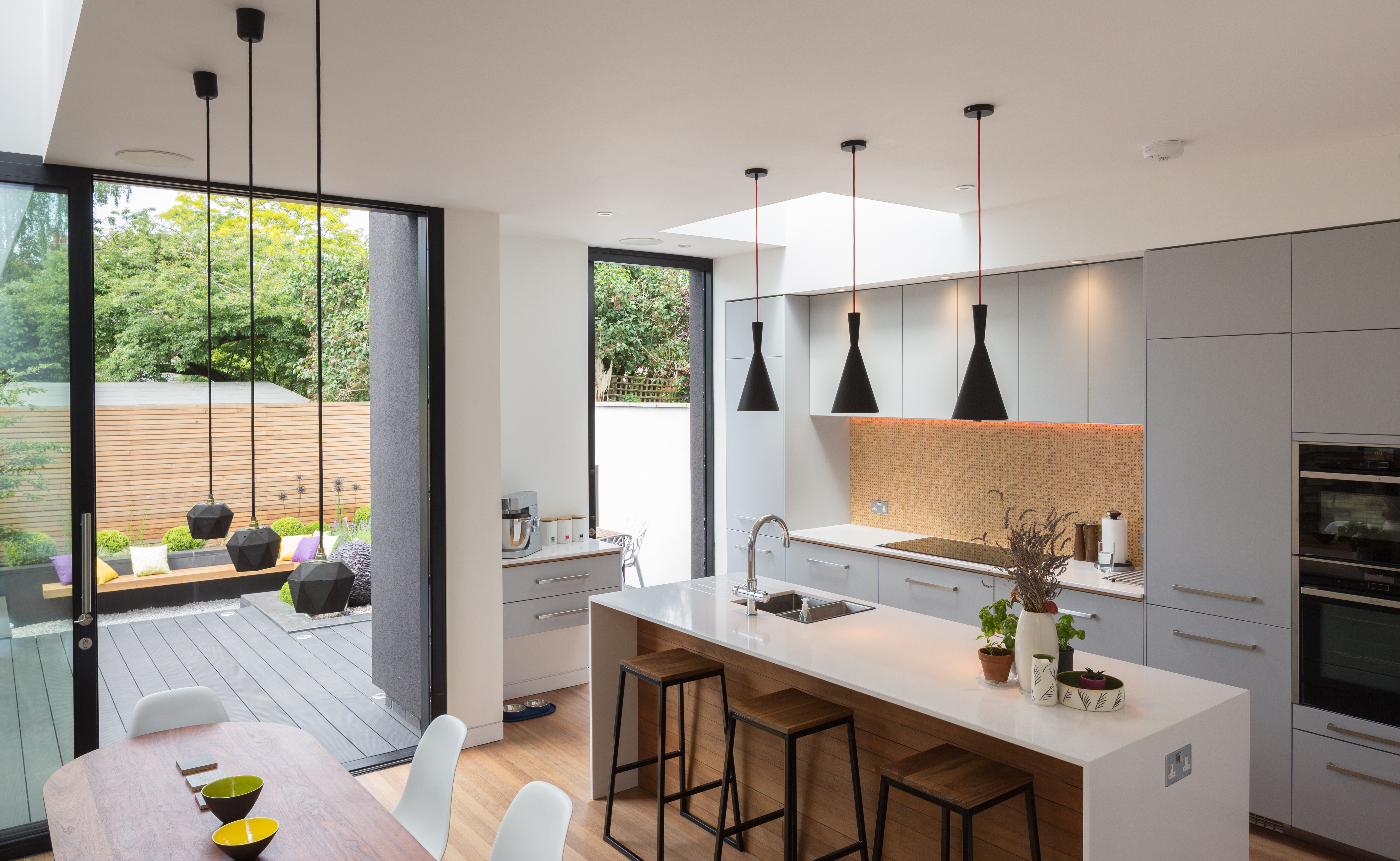
This is where rooflights and lanterns come in perfectly. Their ability to draw pockets of light further into the structure of an extension, and in doing so brighten up not only the new space but also rooms deeper into the structure, are ideal. The most typical configuration of a kitchen extension features a flat or pitched roof with rooflights or lanterns, then bi-fold or sliding doors across the rear elevation. This fills the space full of light, but also provides a seamless connection between the house and garden.

The IDSystems range of rooflights and lanterns features frameless systems that maximize the amount of glass and therefore help fill the spaces with more light
3. Sizing up
Another factor to consider is how wide the opening you are fitting the doors into is. The development in glass technology has enabled larger glazed units to be achieved, whilst the innovation in door technology has led to thinner frames – particularly with aluminium.
With the ability to fit wider panes of glass, sliding doors really come into their own on larger apertures of over four metres, and at that size giving up a third of an opening to a fixed frame is usually less significant. If your opening is less than three metres then typically bi-fold doors would be the preferred choice.

4. Don't forget secondary access and ventilation

When bringing in light, don't forget other practicalities of your kitchen extension such as a secondary means of access to the garden. While bi-fold and sliding doors are a great way to get to your garden on bright sunny days – and single panels can be opened – you will also want a quick way to get outside on colder days.
If you are able to include a window into your design alongside the doors then this can assist with ventilation when opening the full width of windows is not an option.
Get small space home decor ideas, celeb inspiration, DIY tips and more, straight to your inbox!
Real Homes is committed to sharing the best advice on everything from renovating your home to what products to fill it with. From DIY how tos, to ideas galleries and reviews Real Homes offers knowledge and expertise to help you do what you need to do, in a way that hopefully makes the process fun and easy. Our sponsored content is not an editorial endorsement, but allows you to connect with brands to assist your home renovation journey and alerts you to products you may not have known about before.
-
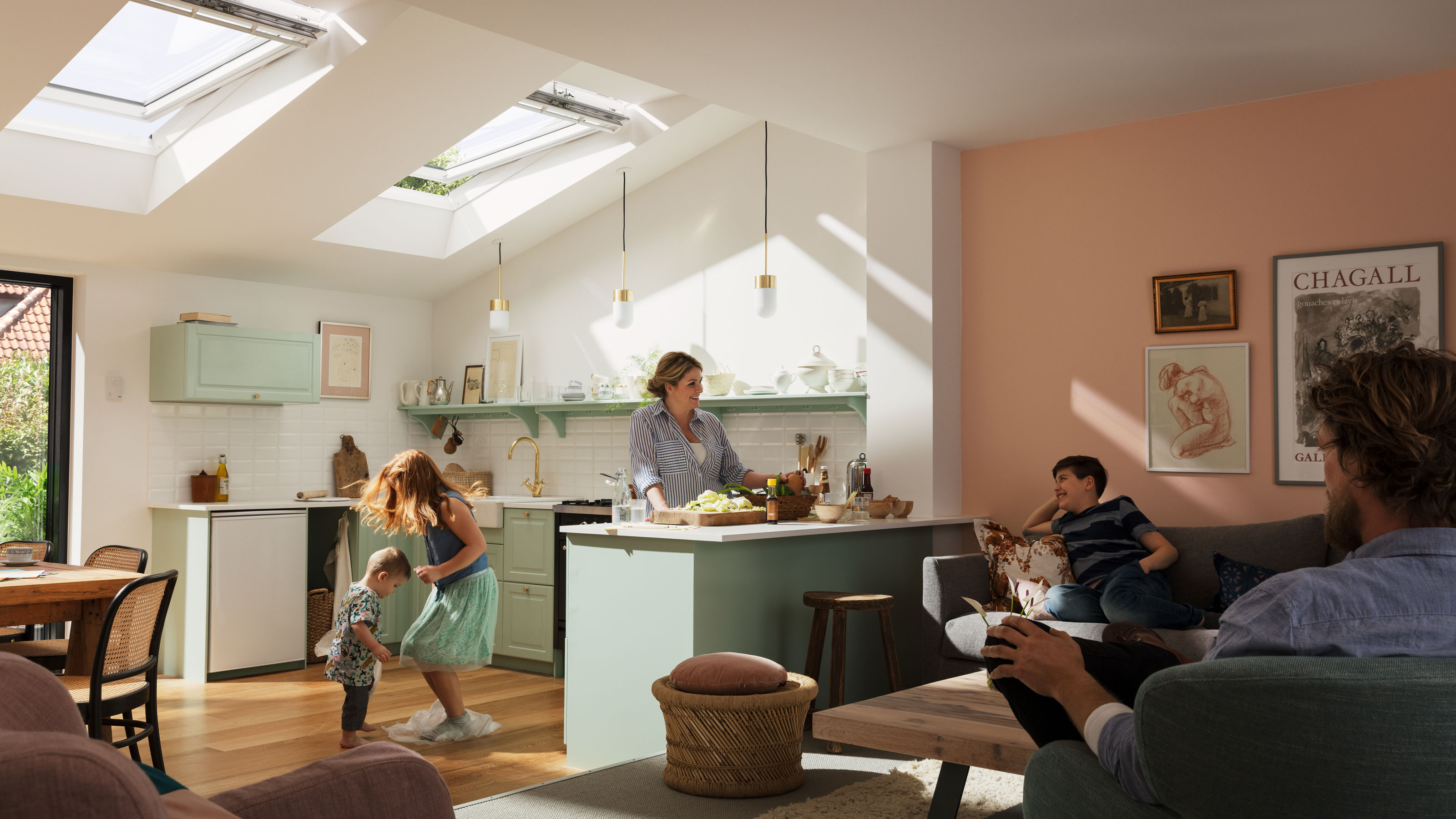 Show off your latest home renovation with VELUX!
Show off your latest home renovation with VELUX!VELUX is on the lookout for some great examples of beautiful daylight transformations
By Sponsored Published
-
 Rethinking the fundamental features of your home
Rethinking the fundamental features of your homeBy Sponsored Published
-
 Discover your home's potential with a macerator
Discover your home's potential with a maceratorTurned wasted space into dream bathrooms and kitchens with Saniflo macerators and pumps that work anywhere
By Sponsored Published
-
 A 5-step guide to replacing the windows in your period property
A 5-step guide to replacing the windows in your period propertyBy Sponsored Published
-
 Choose column radiators to give your home enduring style
Choose column radiators to give your home enduring styleThe efficiency and elegant looks of the column have guaranteed its popularity over more than a century
By Sponsored Published
-
 Choose wow-factor glazing for your dream home
Choose wow-factor glazing for your dream homeStunning solutions from Schüco can bring in the light through a statement feature
By Sponsored Last updated
-
 5 reasons to use sheep's wool for your home insulation
5 reasons to use sheep's wool for your home insulationHere's why insulating your home with sheep's wool is good for your home, your health, and the environment
By Sponsored Published
-
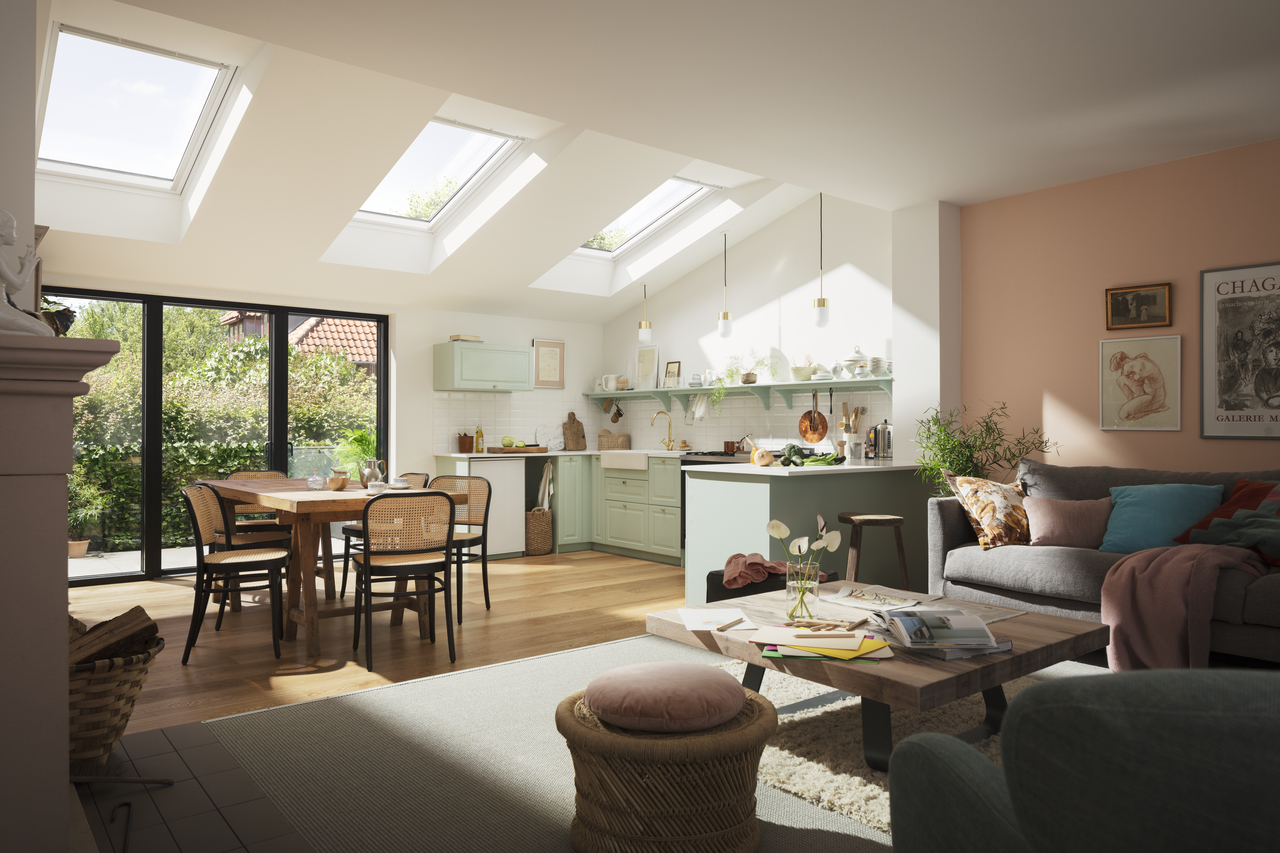 Saving daylight: how to make sure your extension or loft conversion gets enough sunlight
Saving daylight: how to make sure your extension or loft conversion gets enough sunlightYou’re adding space but have you made sure you won’t be losing light? Find out how to plan natural light into your extension or loft conversion project
By Sponsored Last updated

